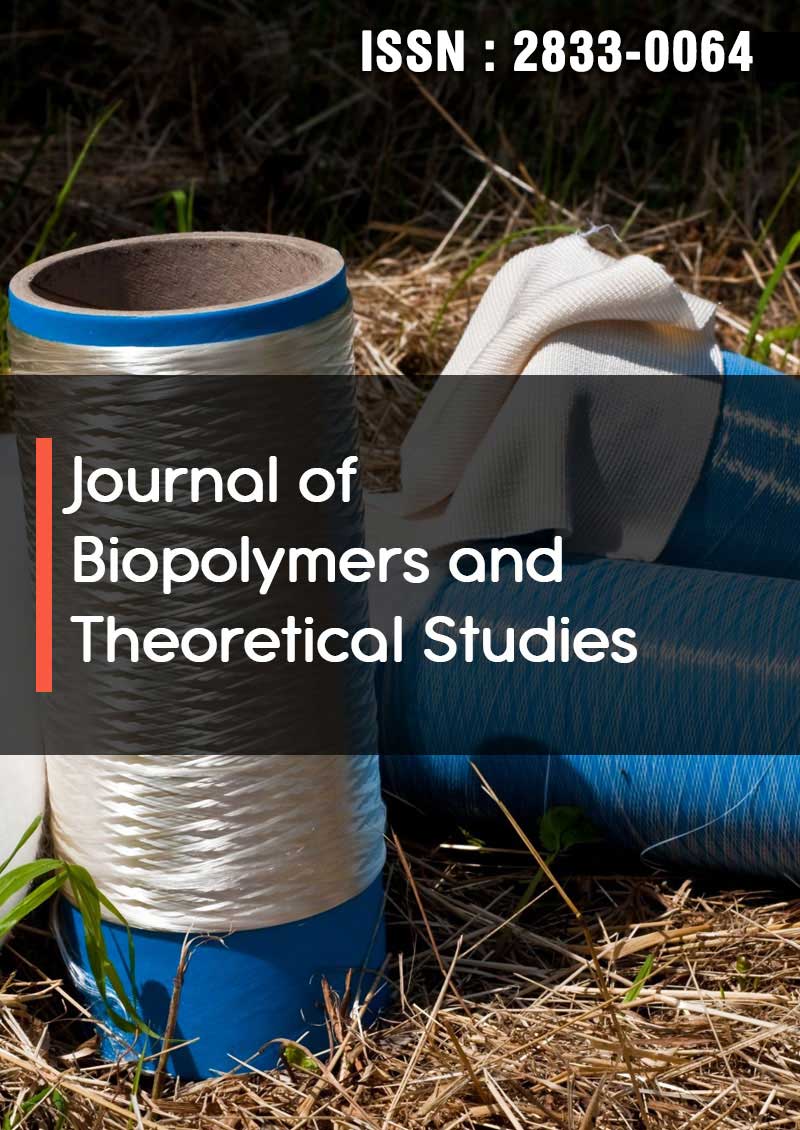Association between Serum Zinc and Hs-Crp Concentrations in Different Metabolic Syndrome Phenotypes
Abstract
Susan Darroudil, Batool Tayefi, Habibollah Esmaily, Fatemeh Sadabadi, Pooria Akbari, Amir Hooshang Mohammadpour, Maryam Allahyari, Behrooz Shakeri, Gordon A Ferns, Mohsen Moohebati, Majid Ghayour Mobarhan
Background: Metabolic syndrome (MetS) is associated with an increased risk of cardiovascular disease and all-cause mortality. Zinc (Zn) is an essential trace element for the synthesis, storage, and release of insulin. In this study, we have evaluated whether serum Zn levels are associated with hsCRP level according to MetS phenotypes.
Method: A total of 9493 individuals (3768 men and 5635 women) were recruited as part of the Mashhad Stroke and Heart Association Disorder (MASHAD) study. We measured the concentration of serum Zn by flame atomic absorption (Varian AA240FS) and we divided the subjects into quartile of serum Zn. We used SPSS version 18 statistical analyses for all. Graph Pad Prism 6 for figures was used.
Results: In this study, there were significant differences between quartiles of Zn according to sex. The results showed that the level of serum hs-CRP were higher in subjects with metabolic syndrome who also had a serum Zn >95 µg/dl. In subjects with serum Zn <70 µg/dl, an increase in serum hs-CRP was associated with an increased risk of MetS by 2.2%, 1.022(CI: 1.01-1.034). Moreover, among subjects in the first, second and third quartiles of serum Zn, some phenotypes of metabolic syndrome were associated with a risk of increasing hs-CRP level (p < 0.05).
Conclusion: Serum hs-CRP concentrations were related to MetS phenotypes. This relationship was modified by serum Zn level. According to the number of MetS components serum, Zn levels decreased as the number of MetS component increased, and low serum zinc levels (Q1) showed an overall greater prevalence of MetS.




